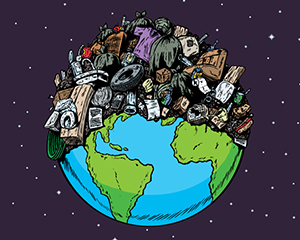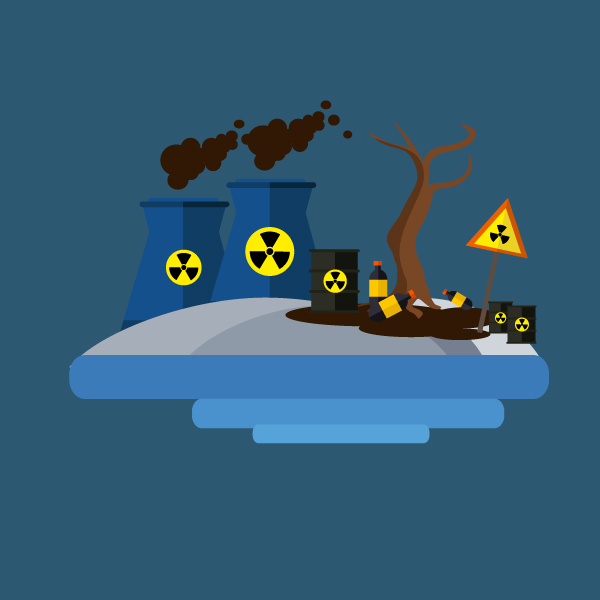Shocking Facts about E-Waste to Get You Reconsider Electronic Disposal

Featured Image: iStock.com/DanielVilleneuve
The advent of the internet not only revolutionized our lifestyle and improved the ways of communication but also made an obvious impact on our surroundings and environment. Buying new phones and laptops and chucking the old ones in the garbage is nothing but the making of the new ecological disaster either intentionally or unintentionally.
We all claim and feel proud of ourselves that we are living in a greener and a cleaner planet but our actions reflect only the opposite of what we think and say. The old cell phone you threw away or the CRT monitor you threw into the trash or the printer that you dumped without realizing where all that e-waste ends up because in reality all of that is causing pollution somewhere and adversely affecting our planet. We might not be realizing the impacts right now, but in the long run, if this exercise continues like this we will be facing a drastic change in our mother nature. According to the records, more than 14,000,000 mobile phones are thrown away as junk that becomes the part of the total landfill and gives birth to 80,000 lbs of highly toxic waste lead.
Electronic Waste – A Threat to Human Life!

Image: iStock.com/Ivan_Mogilevchik
If the electronics aren’t disposed or buried properly, the other option that countries opt for is that they send those electronics to other under-developed nations. This might be a real simple solution for them but in reality they are causing harm to those unprivileged countries. They are actually risking their lives because the workers and labors work without any cautionary instructions in unhealthy conditions jeopardizing their health by extracting harmful materials out of that exported e-waste.
Did you know that the smart phones and other electronic devices that we use carry harmful contents like mercury, arsenic and chromium? Once we consider these electronic items useless these fatal elements become even more deadly.
E-Waste: Not Only Waste But Something Precious Too
That’s not all but there is more shocking news. The electronics that you throw away or dump in the landfills isn’t all poisonous because it contains some precious elements too which are worth more than $60 million of gold and silver. You can even become rich if you think hard before throwing away any electronic item. Get rid of all the toxics and hazardous elements and extract all those precious metals. I am sure you will now be careful and ensure where all that electronic waste is going.
Electronic waste isn’t only about cell phones and smart devices. Computers are another major electronic item that is dumped in the landfills at the rate of 85%, which is actually a lot! It gets even more serious if we talk about the televisions and the old monitors that consist of toxic lead (more than 4lbs). Check out this striking fact, it’ll surely shock you: 70% of the toxic waste is due to electronic waste only. Jaw dropping isn’t it!?
Apparently with advancement in technology, and the increase in its usage, this shocking level of e-waste is more likely to increase. More than 60% of the world’s total population owns a cell phone and this rate is increasing with the passage of time.
Don’t Just Think, Show Some Action:
We can work this out if we just face it. We can simply give away our old electronic devices to someone or just sell them; this will help us get funds to buy the next latest model. How about that?Donate to someone who is in the need or simply sell your electronics. It isn’t that hell of a job! Just look around, see what’s useless, what can be reused and recycled. Simply recycle and do your part in saving planet Earth.
About The Author Kelly Sampson
Kelly Sampson is a writer, blogger, and environmental enthusiast. She has strong opinions about climate change, the dogs vs. cats debate, and Oxford commas. She has lent Hummingbird International her engaging and spirited voice and turned our blog into a great place to find valuable information about e-waste, e-waste recycling, and the ITAD industry. Explore our blog to read more of her work.






